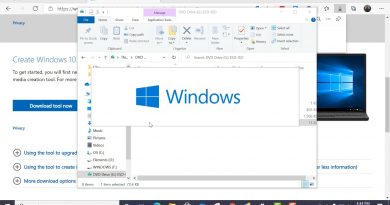The BEST Intermittent Fasting Schedule for MAXIMUM Benefits | Andrew Huberman
Discovering the best intermittent fasting schedule entails answering key questions about when to eat and how long to fast. The effectiveness of intermittent fasting and its associated benefits depends on aligning these factors. While an 8-hour eating window is a reasonable starting point, it’s crucial to acknowledge that the optimal approach can vary from person to person. Transitioning gradually into time-restricted feeding over 3 to 7, or ideally 10 days, aids your body’s hormone systems, such as leptin and the hypocretin orexin system, in adapting smoothly. This gradual approach minimizes intense hunger and hormonal imbalances, making the transition to intermittent fasting more manageable.
From a health perspective, the best intermittent fasting schedule often involves initiating your eating window around 10 am or noon and extending it until 6 or 8 pm. This timeframe optimizes the benefits of intermittent fasting while harmonizing with social and family life. Notably, it synchronizes with the natural fasting state that occurs during sleep, supporting vital physiological processes. While shorter feeding windows of 4 to 6 hours can yield intermittent fasting benefits, they may lead to overeating during that period. As a result, many individuals find that a 7 to 9-hour feeding window strikes a practical balance, promoting both health benefits and weight loss.
Ultimately, personalizing your time-restricted feeding schedule within the context of your daily life ensures a sustainable and effective approach to intermittent fasting.
Speaker: Andrew Huberman
Source: https://www.youtube.com/watch?v=9tRohh0gErM
Andrew Huberman is an American neuroscientist and associate professor in the Department of Neurobiology at the Stanford University School of Medicine who has made many contributions to the brain development, brain plasticity, and neural regeneration and repair fields.
FAIR-USE COPYRIGHT DISCLAIMER
* Copyright Disclaimer Under Section 107 of the Copyright Act 1976, allowance is made for “fair use” for purposes such as criticism, commenting, news reporting, teaching, scholarship, and research. Fair use is a use permitted by copyright statute that might otherwise be infringing. Non-profit, educational, or personal use tips the balance in favor of fair use.
– This video has no negative impact on the original works (It would actually be positive for them)
– This video is also for teaching purposes.
– It is transformative in nature.
– I only used bits and pieces of videos to get the point across where necessary.
I do not own the rights to these audio clips. They have been used, in accordance with fair use, been repurposed with the intent of educating and inspiring others.
how to repair windows 7




If I eat from noon to 6pm I’ll be starving at 9pm
This will destroy your sleep quality
I can’t sleep if I’m even a little hungry.
Who the heck waking up at 8am how do I get that job